Wrocław Wonders: A Stroll Through Time
Experience the heart of Wrocław on this captivating free walking tour, uncovering vibrant history, stunning architecture, and cultural gems at every turn.
Time
3 Hours
Stops
8 Places
Distance
3.0 km
Wrocław Market Square (Rynek)
Begin your tour at Wrocław's vibrant Market Square, a stunning medieval square surrounded by colorful townhouses and the Gothic-style Old Town Hall.
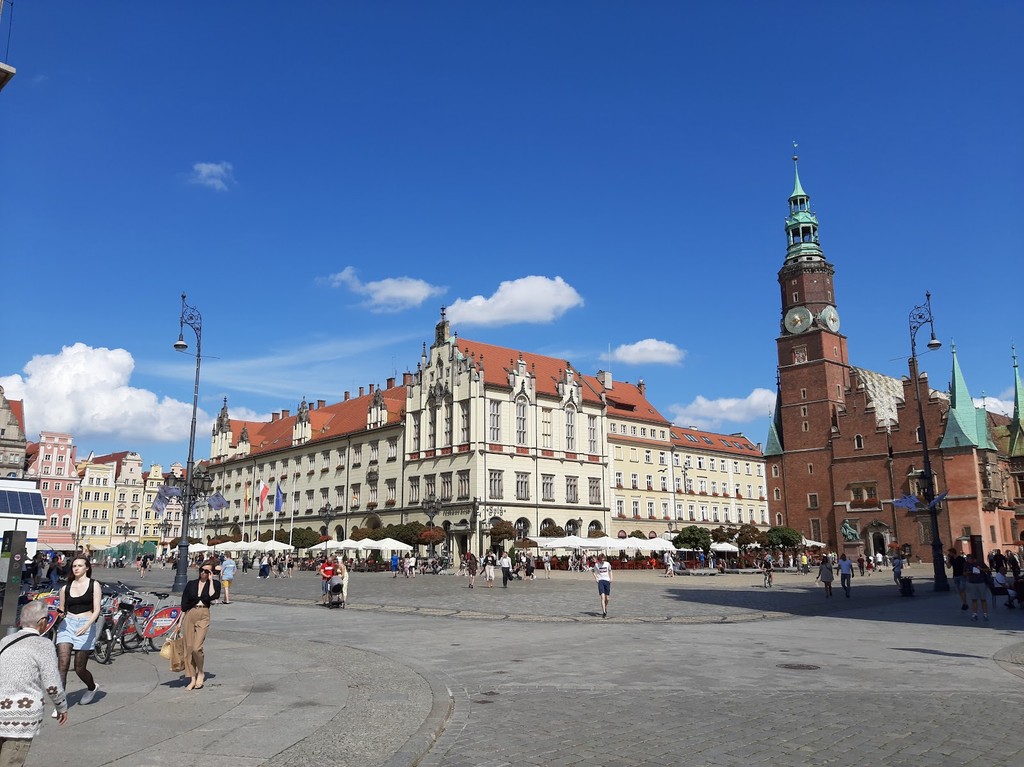
Wrocław Market Square (Rynek) (Source: Google Maps)
Wrocław Market Square, or Rynek, is one of the largest medieval squares in Europe, dating back to the 13th century. Surrounded by colorful Renaissance and Baroque buildings, the square serves as a vibrant hub of activity. The Gothic-style Old Town Hall, with its intricate astronomical clock and striking façade, stands proudly at the square's heart. This lively area is not only a center for commerce but also a cultural hotspot, hosting festivals, markets, and events throughout the year, making it a must-visit for anyone exploring the city.
St. Elizabeth's Church
Just a short walk from the Market Square, visit St. Elizabeth's Church, known for its impressive Gothic architecture and panoramic views of the city from its tower.
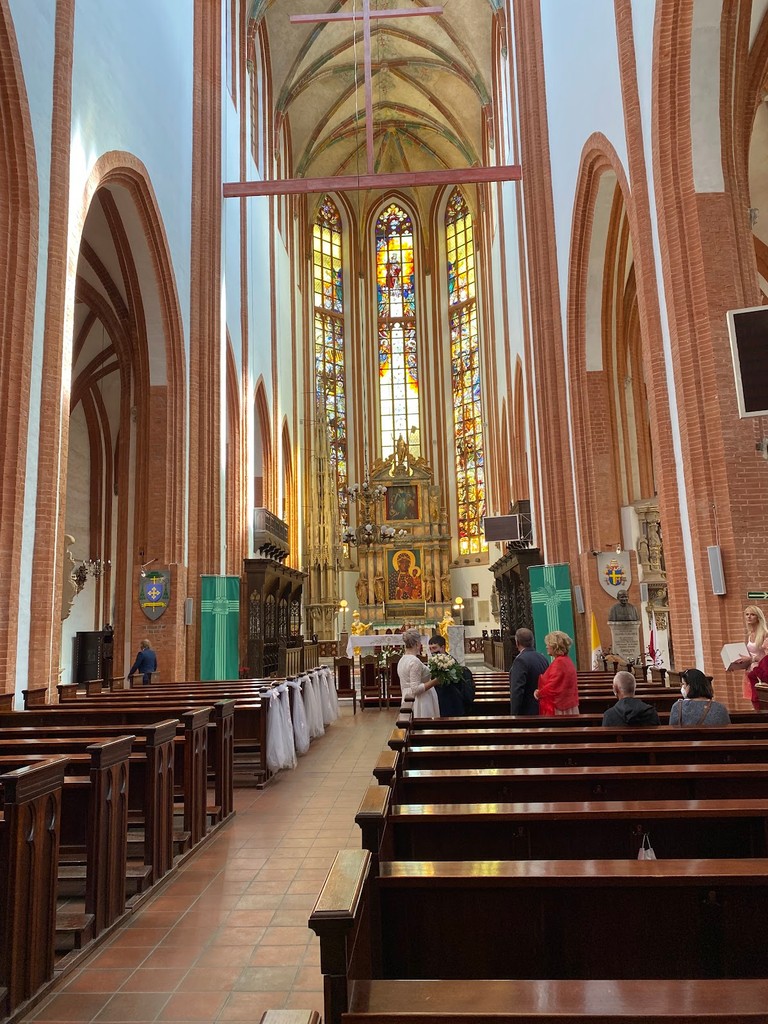
St. Elizabeth's Church (Source: Google Maps)
St. Elizabeth's Church, an iconic Gothic structure, is renowned for its impressive architecture and historical significance. Built in the 14th century, it features a stunning tower that rises to 130 meters, offering panoramic views of Wrocław. The interior boasts intricate stained glass windows and ornate altars that reflect the church's rich history. As one of the city's most important religious sites, it has witnessed numerous historical events and continues to be a place of worship and reflection for locals and visitors alike.
Wrocław University
Head towards Wrocław University, a baroque masterpiece, and explore its Aula Leopoldina, an exquisite ceremonial hall.
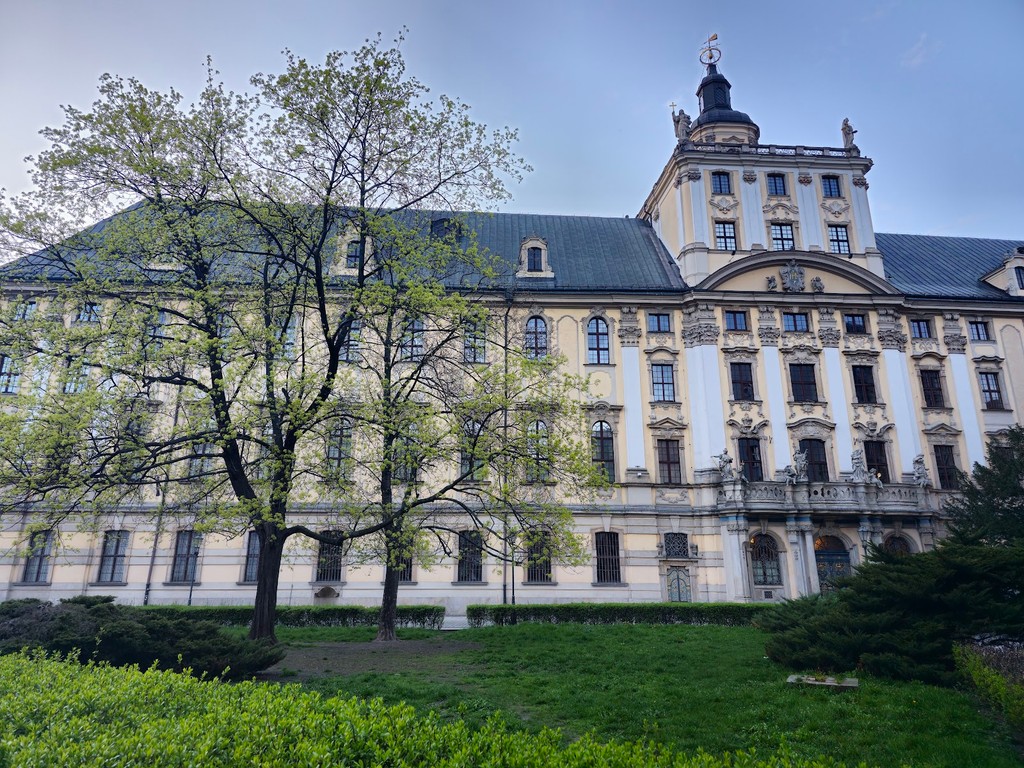
Wrocław University (Source: Google Maps)
Wrocław University, established in 1702, is a stunning example of Baroque architecture. The university's Aula Leopoldina is particularly noteworthy, featuring elaborate frescoes and an impressive ceiling that exemplifies the grandeur of the period. As one of the oldest universities in Poland, it has educated many influential figures, including Nobel laureates. The university's beautiful campus also includes the Mathematical Tower, which offers a unique perspective of the city and its historical significance in the realm of education and culture.
Ossolineum
Continue to the Ossolineum, a historic library and cultural institution, showcasing a vast collection of Polish literature and art.
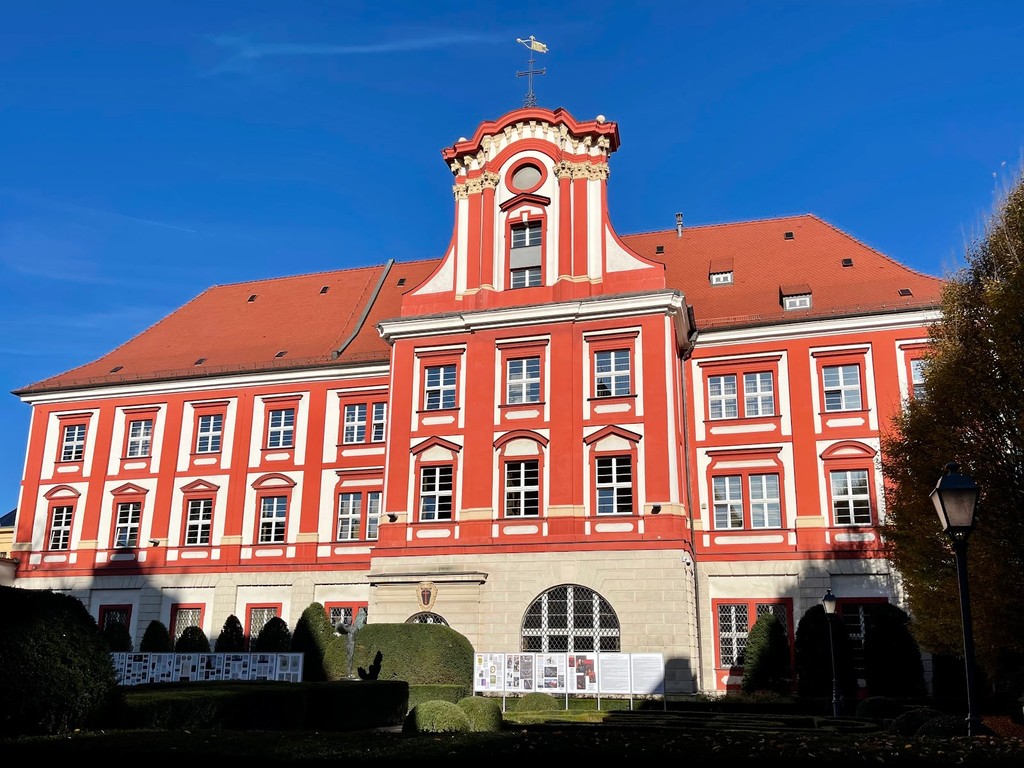
Ossolineum (Source: Google Maps)
The Ossolineum, founded in the 19th century, is a renowned cultural institution and library that houses an extensive collection of Polish literature, manuscripts, and art. It serves as a vital center for research and preservation of Polish heritage. The building itself is an architectural gem, showcasing neoclassical elements and elegant interiors. The Ossolineum plays a crucial role in promoting Polish culture and history, offering exhibitions, lectures, and workshops that engage the community and celebrate the nation’s artistic legacy.
Botanical Garden of the University of Wrocław
Stroll to the nearby Botanical Garden, a peaceful oasis with diverse plant species and charming walking paths.
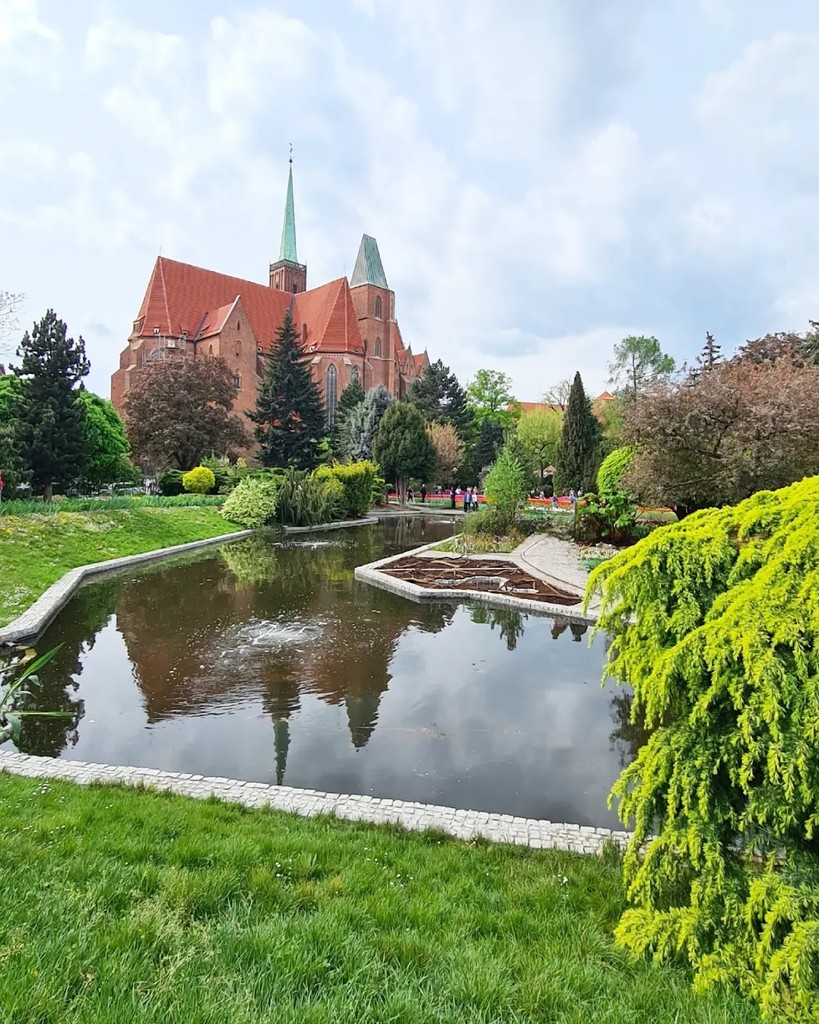
Botanical Garden of the University of Wrocław (Source: Google Maps)
The Botanical Garden of the University of Wrocław, established in 1811, is a serene oasis in the heart of the city. Spanning over 7 hectares, it features a diverse collection of plants from around the world, including rare species and beautifully landscaped areas. The garden is not only a place for relaxation and enjoyment but also serves as a vital research facility for botanists. Walking through its charming paths, visitors can appreciate the harmony of nature and the importance of conservation, making it a perfect spot for nature lovers.
Ostrów Tumski (Cathedral Island)
Cross the bridge to Ostrów Tumski, the oldest part of Wrocław, where you can admire the stunning Wrocław Cathedral and enjoy the tranquil atmosphere.
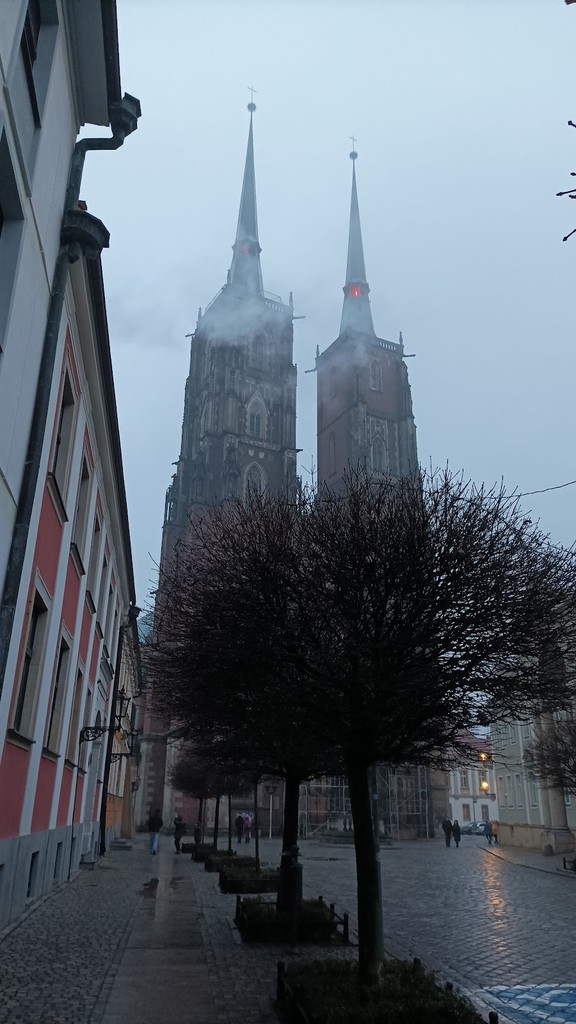
Ostrów Tumski (Cathedral Island) (Source: Google Maps)
Ostrów Tumski, the oldest part of Wrocław, is steeped in history and spirituality. This picturesque island is home to the magnificent Wrocław Cathedral, a stunning example of Gothic architecture with a history dating back to the 10th century. The area is characterized by its cobblestone streets, historic buildings, and tranquil atmosphere. Visitors can enjoy the serene beauty of the island while learning about its significance as the birthplace of the city. The cathedral's towers offer breathtaking views, making it a highlight for anyone exploring Wrocław.
National Museum
Visit the National Museum to explore its extensive collection of Polish art, including works from the Middle Ages to contemporary times.
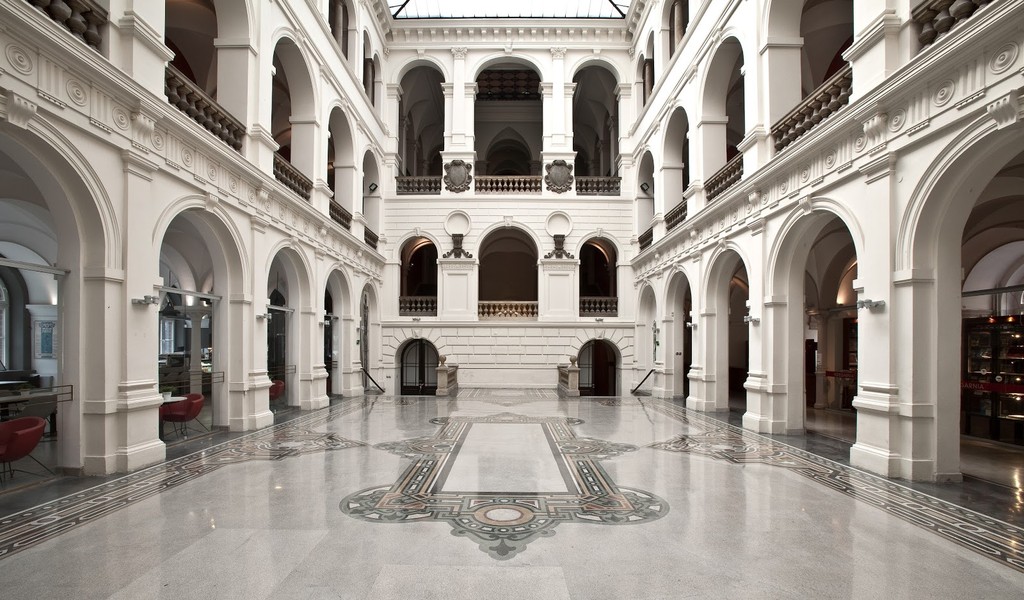
National Museum (Source: Google Maps)
The National Museum in Wrocław is a treasure trove of Polish art and history, showcasing an extensive collection that spans from the Middle Ages to contemporary works. Its galleries feature paintings, sculptures, and decorative arts, highlighting the rich cultural heritage of Poland. The museum is also known for its exhibitions that explore various themes and artistic movements, providing a comprehensive understanding of the country's artistic evolution. As a cultural institution, it plays a significant role in preserving and promoting Polish art, making it an essential stop for art enthusiasts.
Panorama of the Battle of Racławice
Conclude your tour with a visit to the Panorama of the Battle of Racławice, a unique rotunda housing a monumental 19th-century painting depicting the famous battle.
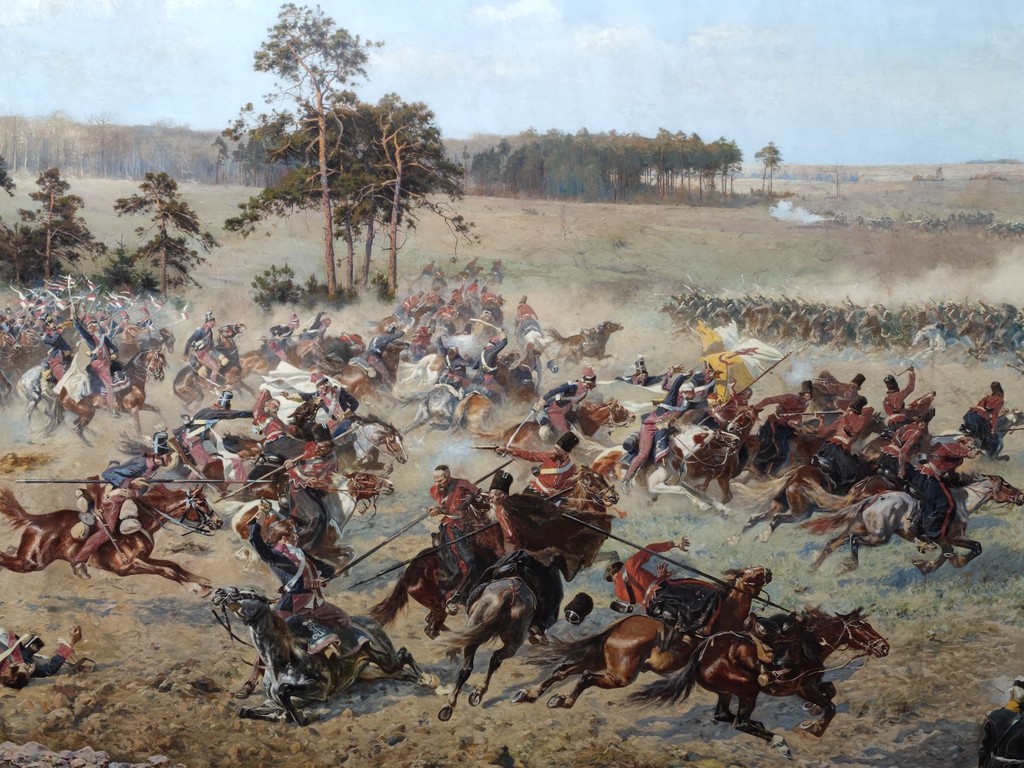
Panorama of the Battle of Racławice (Source: Google Maps)
The Panorama of the Battle of Racławice is a unique artistic masterpiece housed in a rotunda, depicting the famous battle of 1794 between Polish insurgents and Russian forces. This monumental 19th-century painting measures 114 meters in length and 15 meters in height, creating an immersive experience for viewers. The painting was created by a team of artists and is celebrated for its historical accuracy and dramatic composition. It serves not only as a work of art but also as a powerful reminder of Poland's struggle for independence, attracting art lovers and history enthusiasts alike.

Your travels, your rules.
Create your own Free Walking Tours.
Set your preferences, distances and anything you want to do or see.
Completely free, no payment required.